By Graeme Omlo – First Published Rod&Rifle May/June 1990.
For all the days in a year our deer, and other game, live in the bush interior, so that is where we have to seek them. Perhaps we are lucky to enter it on five or ten days in that year? Hence the game are prepared to survive against man. Sure, times such as spring and summer see a movement to food rich areas such as slips, clearings and the tussock tops, but helicopter pressure has changed this habit to a degree too. To succeed then is to outwit the quarry in its home ground.
The beech forest consists of the five beech species, depending on latitude and altitude. The forest’s interior composition varies largely, given the climate, altitude and exposure. Thus, from very dense wet western and coastal or semi-tropical growth, to the relatively open interior of the drier eastern influence and many higher altitude areas. Give it all a mixture of moss, ferns, the ever present dead and decaying matter, windblows, rotting logs, then add vines such as supplejack and bush lawyer, often crowded with mingimingi and pepperwood or punga trees. Hazards such as bluffs, deeply scoured gullies (a real curse when sidling), impassable creek beds, and a real danger, the maze of jumbled boulders with gaping holes between – the challenge is immense.
The main considerations to game location in the bush fall into three categories food, cover and security. Other needs are warmth in the winter and a handy water supply, especially in the summer. Seasonal conditions play the biggest part in deter mining the living areas of game. Each species of deer has its own peculiarities, but their requirements are very similar. Winter time can be the hardest period to locate game. Food is scarcer, shelter and warmth are at a premium, so the deer tend to move less, preferring to conserve energy, and live quietly in a confined locality. The winter pattern usually starts after the roar and lasts until October-November when the snow starts retreating and lower down a shoot or two of green growth pushes through the frost burned ground.
The majority of habitation can be found at defined levels, with the colder months showing this more readily. One of the best areas is the mid level gully heads. Such areas supply all the requirements, often having semi open patches where deer can utilize the weak winter sun.
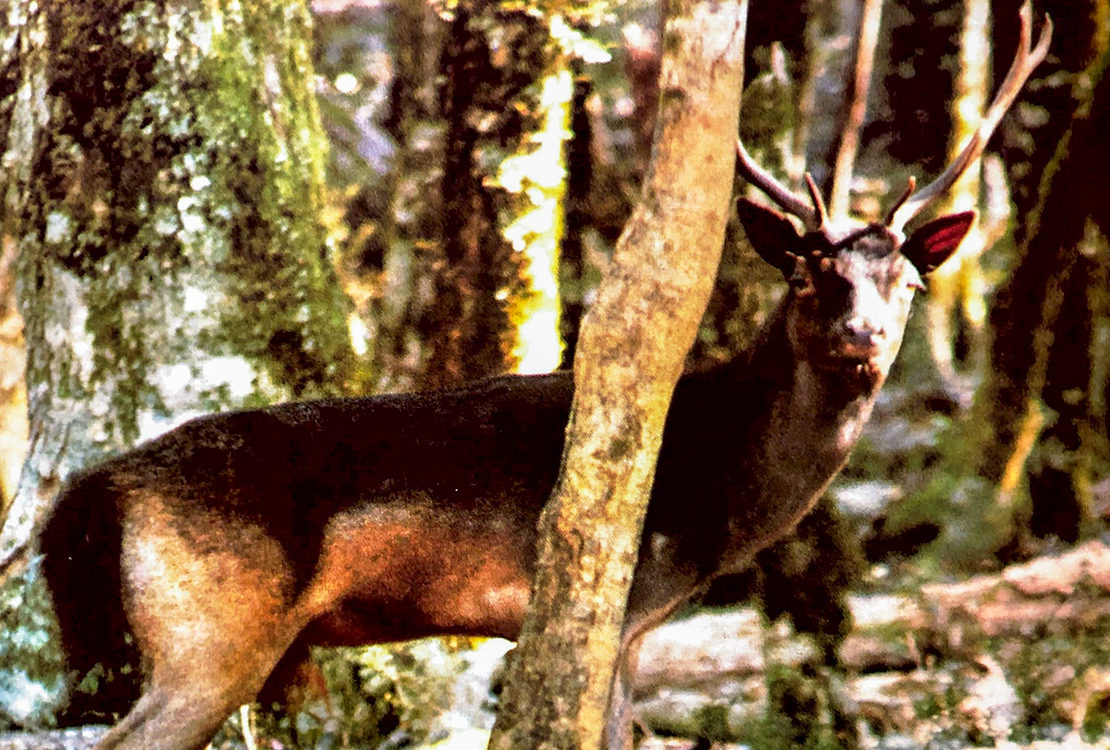
Another favoured spot is the manuka stands. These can be very dense and hard to get through. Hunting can be very frustrating. The best method is to stalk the fringe, especially where it borders the beech forest. Some manuka stands can be very open in comparison, these trees growing quite tall, having a vine and moss interior. Often mahoe or broadleaf trees are found scattered throughout, giving the deer plenty of forage. Tea tree holds the warmth far better than typical beech forest.
Once the spring growth has peaked deer are drawn like a magnet to this rich forage. We suddenly see sign where there hasn’t been any for months. In the lesser disturbed areas deer often camp on the spot, or handy to it. Feed trails come ‘off the hill’. These are well defined at the food source, but if several deer are using them they break up into several directions as the deer disperse to bed up. Sitting at the rim of such localities at dusk or dawn can be more productive than bush stalking.
As the summer progresses we also see a movement upward. Now the band of scrub and bush immediately below the tops gets occupied with game trails running horizontal throughout this level, with access trails poking out onto the more open tops. Stags utilize this period to grow their velvet on the high value food, and by the end of summer have added a lot of fat to their frames.
Not all deer though are lucky to have such areas and are confined to the bush proper. Where in winter the ridges and exposed or shaded ground had no sign, we now see activity here as the deer move more freely, browsing and gathering up leaf fall or windblown matter. It’s not a bad idea to wait at these trees, broadleaf. It’s the Stewart Island trick for whitetail. I know the fallow in Mt Richmond appreciated our debris while we were track cutting. Every morning the branches were chewed and we saw the deer more than once.
What helps immediately is to study the habits of the chosen game. By not pulling the trigger on every animal and watching undisturbed game you can observe the movements, what they eat, peculiarities and generally relate to them better. To watch this way makes it apparent they are not on edge all the time. Sure, their senses are still active, but the appear relaxed. Give them cause to suspect anything and this nonchalance disappears instantly.
Reacting to sight and/or sound does not afflict them with fear and panic associated with their reaction to the dreaded human (or dog) smell. With scent, game does not wait for confirmation from another sense, the reaction to a whiff of tainted air is instantaneous. To hunt successfully in all situations the wind must be favourable for you. At times this can be hard, especially on blustery days, when the wind is blowing up, down and around. Those are the days when fleeing deer or guttural warning barks are the norm.
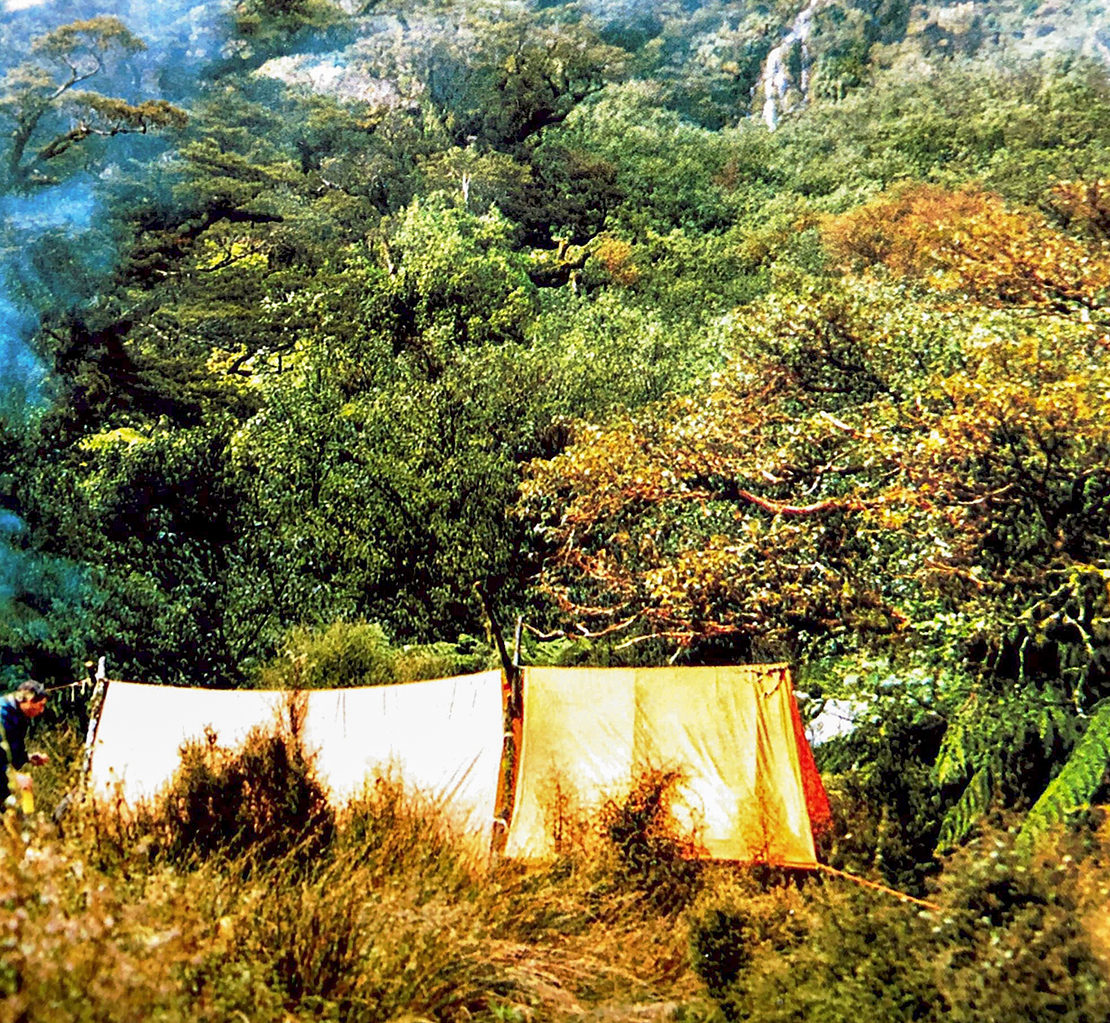
One or two hours of slow careful stalking is very hard on the beginner or infrequent hunter. The stalking pace picks up, carelessness creeps in, “There could have been a der on that clearing” You rub your hand across the forehead and eyes, trying to break out of the grip of tiredness. As experience is gained, where one or two hours was enough, three or four hours becomes easier to handle. Eventually a full day of intense concentration becomes possible. I feel if you are hunting well and feel like moving, do so, rather than being governed by your watch. Stop only to suit yourself or the situation. When you want a rest find a knob or area where you can see around, or spy on a slip or clearing. That’s when you get game.
To hunt in the bush is not a matter of moving willy nilly about. Check the wind and make a mental plan of where to go. The (now scale topographical maps are invaluable for this. A party of hunters split the area up, off the map. Try and stick to your intended plan. Game trails provide sure access and travel. Do not ignore them as they often supply the only safe route around dangerous obstacles.
Use your eyes more, both to check foot placement in advance and to spend more time looking for game.
Move 10-15 metres, then stop and search, not forgetting to look behind. Try to a flicker, be it an ear, tail or leg. Crouch to get a better view under low cover. While stopped amongst crown fern or noisy floor material moving game is easier to locate. In open forest it is easy to think you can see everything, but it takes very little cover to break the outline and conceal a deer. Binoculars help identify subjects, plus add to the safety aspect.
Here then is a situation where the addition of a few essential items can add comfort to that long cold night. Not only for bush situations, but all hunting and tramping scenes. Firstly, a first aid kit, basic, but covering the needs of minor injuries. Along with this a few extras, a survival blanket, a candle stub and/or a piece of rubber and waterproof matches. The ‘Bic-flic’ lighters are good but when the striker is wet the things won’t work. A small, two ‘C’ sized battery torch. This size battery lasts a lot longer than AA size but is not too bulky. Carry a spare bulb. I also have a ready-made survival kit with its little knick-knacks. A few lengths of nylon string (mainly for carrying animals). I’ve a Gerber steel (acts as a chisel too). A small spare knife, a small sewing kit and an army can opener. I also keep one spare ‘mercy’ round, plus the small Silva brand compass separate from my hunting ammo. At least six rounds of ammunition should be minimum, in case of emergencies. It’s a lucky hunter that fires that many at game in one day, unless it’s a goat shoot. All these items are carried in two pouches next to a pouched folding knife. It doesn’t matter what hunting or tramping is to be done, they are always strapped on. The gear is very comforting to have along, especially when hunting alone when help could be days away.
Drop into a pikau (day pack), a billy, some food, plus any other useful items such as a parka and leggings, and extra clothes, a big plastic bag, camera and gear, a plastic water carrying container and you’re ready for a fly camp. If several day’s excursion are planned then a nylon or polythene fly sheet is wise. A dacron style sleeping bag and sleeping mat concludes the list.
Fly camping on the spot is definitely the best method to be on location at the best game movement times. It’s so easy to be a hut hunter. I’ve been one, but in recent years fly camping has proved to me the advantage it brings. Deer have literally walked into my camp.
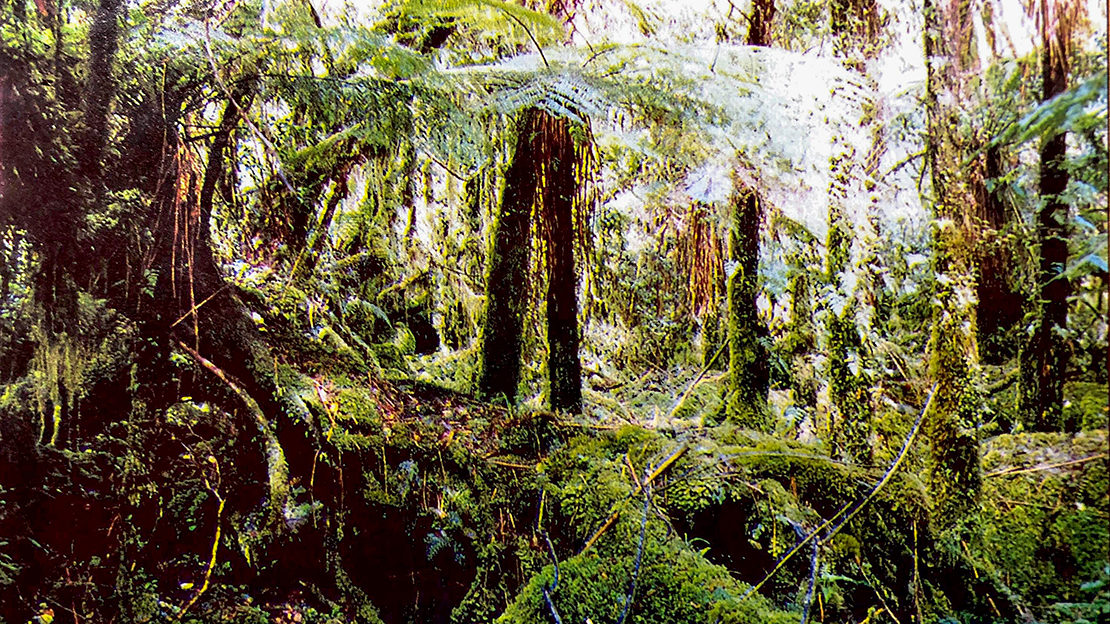
One other hunting decision is whether to hunt in the wet. A positive attitude is needed to force oneself out into a cold wet dawn. I’ll admit to usually rolling over and making excuses not to go out. Per- haps dictated by never having much luck on these occasions. Again local knowledge can determine where game will likely be hiding up, places such as sloping cliff faces, overhanging boulders or leaning trees and windblows. Too much rain and game often move into the open and feed, preferring the lesser of the two uncomfortable situations.
We could open all sorts of debate on calibres. I’m not going to start one now, feeling the “brush busting” range of rounds is more fallacy than fact. Any rifle suited to deer hunting, whether for 275 metre shots or close range encounters will do the job. Deflection is common to all shapes and weights of bullets. Bullet construction is the critical factor. I’ve experienced both sides of the coin with the .222 through to the .308.
Clothes that are neutral and are quiet when scraped are best. Wool tops the list, but cotton or polypropylene are good too. I wear the pro-pel longohns for leg warmth, but have found they hole easily, from lawyer and snags. Winter stalking can be a very cold proposition. The Swanndri and thick woollen bush shirt are invaluable, also a good woollen hat and gloves.
Footwear has always been a subject of mixed opinion. Strong, well soled boots are needed when back packing but be a bit clumsy when stalking, especially on dry crackly debris. Now, the most favoured are the rubber “Buller” style boots. They’re long lasting, strong and waterproof. In wet areas, or places with numerous river crossings, a trick is to drill a hole in the instep, to let the water out. A horseshoe studded heel plate can be added for extra traction and many hunters use them for all terrain. Just beware in the summer, they get very hot to wear. I’ve tried all manner of tennis shoes and army style boots, but they just don’t last, are uncomfortable to wear carrying a load and in some circumstances downright dangerous. The flat sole slides very readily. On easy country they can be a good stalking shoe, the flexible sole aids quietness, but are really best as a camp slipper.
Footwear is the most critical factor on a trip and can make or break it. In very wet areas, that is, Fiordland, watch out for glued joints and soles, you will literally walk out of them. The soles need to be screwed on and the joints well stitched. Again the ‘Buller’ style has proved a long laster in extreme conditions.
Consider all gear with care, and go for the best. A fortnight in our bush will test any brand. Not having to worry about equipment means your mind is on the job – hunting.
Bush stalking is the truest form of hunting. When you are successful you will know true satisfaction. It is a good feeling.

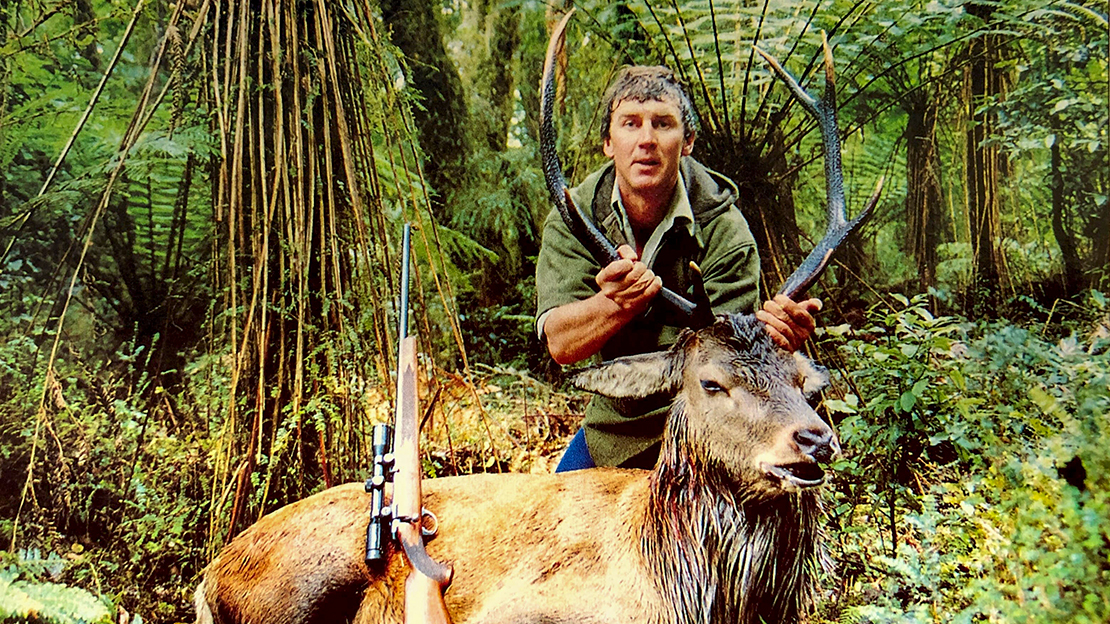

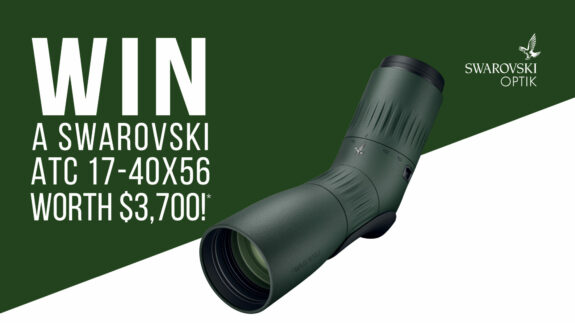
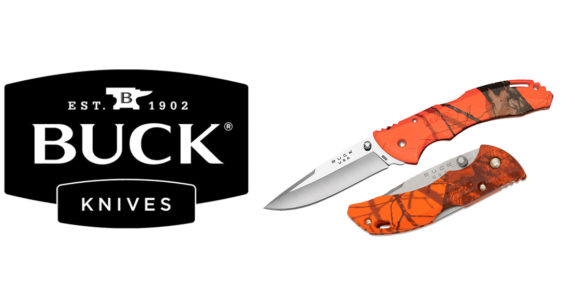
SHARE YOUR BEST PICS #NZRODANDRIFLE